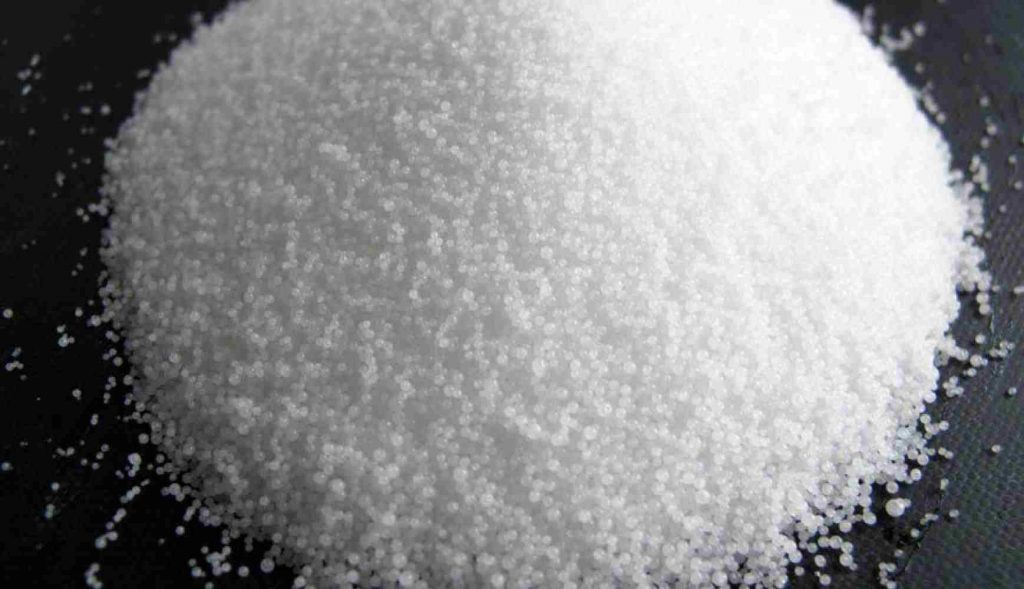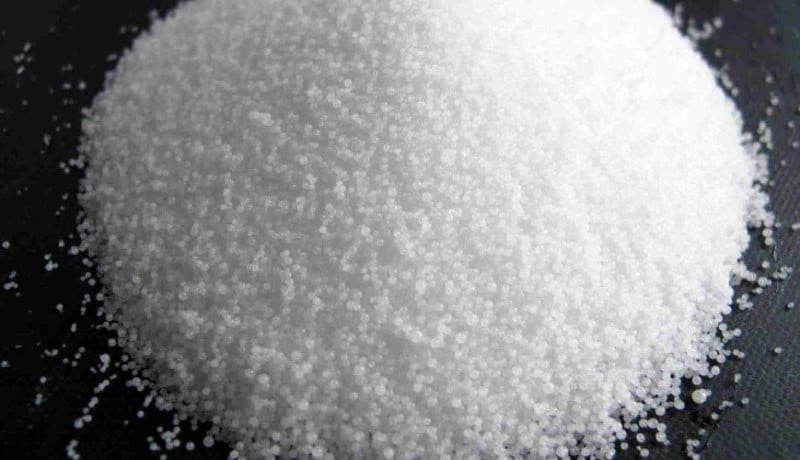
There are times that if the drain field is left unmaintained bio-mat buildup can occur. The septic tank is the last part of the mini wastewater treatment facility of your home. This is where the purification of the effluent takes place for it to be used again as it reaches the groundwater. So it is very important to have the drain field cleaned and cleared as well. Some states allow the use of caustic soda for the cleaning of drain fields.
Caustic soda is also known as NaOH or sodium hydroxide and water combined. It is a very strong base that has a wide variety of uses in various industries. Caustic soda is produced from salt brine hydrolysis. Its main functions are water purification, cleaning agent, desulphurization, production of starch, water treatment, and it is part of the acid treatment in cleaning septic systems together with hydrogen peroxide and sulfuric acid.
If you want to know if caustic soda can clean drain fields, the answer is yes. Caustic soda is a very strong cleaner that works with strong acids. It is part and parcel of the acid treatment done on drain fields. This technique is a very controversial one and has been under the microscope for years. Caustic soda, sulfuric acid, and hydrogen peroxide are all additives that are used in treating the build-up of bio-mat in your septic system. As you know, bio-mat is the tar-like substance that coagulates when there is much sludge accumulating in the tank. When you use these three magic ingredients, you are sure to restore the absorption of the drain field.
Caustic soda and the other two strong chemicals affect the digestion or breakdown process of your septic system, particularly the bacterial population itself. Obviously, these chemicals are very harsh to the bacteria that decompose the solid waste in the system. But they do fulfill the job of clearing out the sludge and the gunk that have already settled in the drain field. To remedy the loss of the bacterial population, it is recommended that when you use the acid treatment for the bio-mat accumulation in the drain field, make sure that you add a supplemental bacterial additives into your septic system. Doing this additive treatment once a month could help your septic system to go back on track. Start adding the bacterial additive a week or two after the acid treatment. Just keep adding on the bacteria to ensure a longer life for your drain field and septic system in general.
Will caustic soda clean drain field lines? The answer is yes! Remember that in handling caustic soda, you need to be fully protected. This is a very strong base that is highly corrosive. You need to wear goggles/face shield, long sleeve shirt, pants, closed shoes, and gloves. Just make sure that you have ever inch of your skin covered up so you are safe from any splatter or untoward spillage. Be mindful of the fumes, too. Many homeowners burn their skin because they try to handle caustic soda. They just assume it to be another cleaning agent without thinking that it is a strong chemical that can cause damage to them. Avoid being one of the victims of careless handling of caustic soda and avoid more aggravation and expense. It is better for you to just hire a professional to handle the strong chemical in cleaning your drain field. It can cost less than a hundred dollars more to hire someone knowledgeable to do it than be in the hospital.
